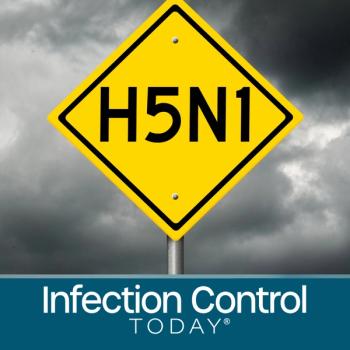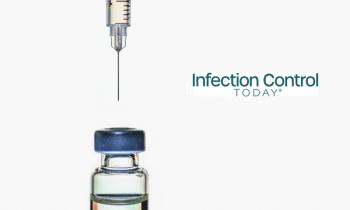
Waging War: Expert Lays Out Plan to Crush the COVID-19 Curve
Harvey V. Fineberg, MD, PhD: “If we take these six steps to mobilize and organize the nation, we can defeat COVID-19 by early June.”
Ten weeks. That’s how long the internationally known healthcare policy expert Harvey V. Fineberg, MD, PhD, says it will take to crush the COVID-19 curve. Ans that’s the term Fineberg uses: crush, not flatten. Fineberg makes his argument in a recent
The curve is one of those phrases that have become so ubiquitous since the onslaught of COVID-19. A tall, skinny curve is what you’d see on a chart if many people fell ill to COVID-19 all at once. It would be a disaster, placing incredible burden on our healthcare system and causing infection and mortality rates to soar. Flattening the curve means taking steps now to avoid that. Experts and politicians are debating whether the United States acted quickly enough. Fineberg indicates it’s still not too late.
“If we take these six steps to mobilize and organize the nation, we can defeat COVID-19 by early June,” says Fineberg, comparing our struggle to war and, not to put too fine a point on it, using June 6-the anniversary of D-Day in World War II-as the date when we should be able to declare victory and get back to our normal lives. Fineberg says:
1. We should establish a unified command. President Trump should appoint 1 trusted official to oversee the war on COVID-19, just as General (and, later, President) Dwight D. Eisenhower oversaw the D-Day Normandy invasion. In addition, Fineberg wants the governors of each state to also appoint 1 individual to oversee all COVID-19 matters.
2. We need more testing. As Fineberg points out, that’s how South Korea wound up flattening its COVID-19 curve. “Without diagnostic tests, we cannot trace the scope of the outbreak. Use creative ways to mobilize the nation’s research laboratories to assist with population screening; refer persons who screen positive for further evaluation,” Fineberg writes.
3. We also need to supply healthcare workers with the personal protective equipment (PPE) they need to wage this war. “We wouldn’t send soldiers into battle without ballistic vests; health workers on the front lines of this war deserve no less,” Fineberg writes.
4. Separate the population into 5 groups and provide the healthcare each those groups needs accordingly, Fineberg argues. “We first need to know who is infected; second, who is presumed to be infected (i.e., persons with signs and symptoms consistent with infection who initially test negative); third, who has been exposed; fourth, who is not known to have been exposed or infected; and fifth, who has recovered from infection and is adequately immune,” Fineberg writes. Convention centers can be used to treat those with mild to moderate COVID-19. Empty hotels can be used to quarantine those with more serious symptoms.
5. Mobilize public opinion. Reiterate that we’re all in this together. After the healthcare workers have all the medical supplies that they need, the US Postal Service and other delivery organizations should get hand sanitizers and face masks to every American. “If everyone wears a surgical mask outside the home, those who are pre-symptomatic and infected will be less likely to spread the infection to others,” Fineberg writes. “And if everyone wears a mask, no stigma is attached.”
6. Research must be mobilized to determine who is most at danger. That way we can reopen our society. Fineberg: “Is it safe for others to return to work? That depends on the level of infection still ongoing, on the nature of possible exposures in the workplace, and on reliable screening and rapid detection of new cases. Can schools safely reopen? That depends on what we learn about children as transmitters of the virus to their teachers, parents, and grandparents.”
Fineberg’s main point is to avoid false starts and somehow stumbling through this crisis. He wants us to come up with a war plan, and then drive it home to not only defeat COVID-19, but also to restart the American and world economies.
Newsletter
Stay prepared and protected with Infection Control Today's newsletter, delivering essential updates, best practices, and expert insights for infection preventionists.






